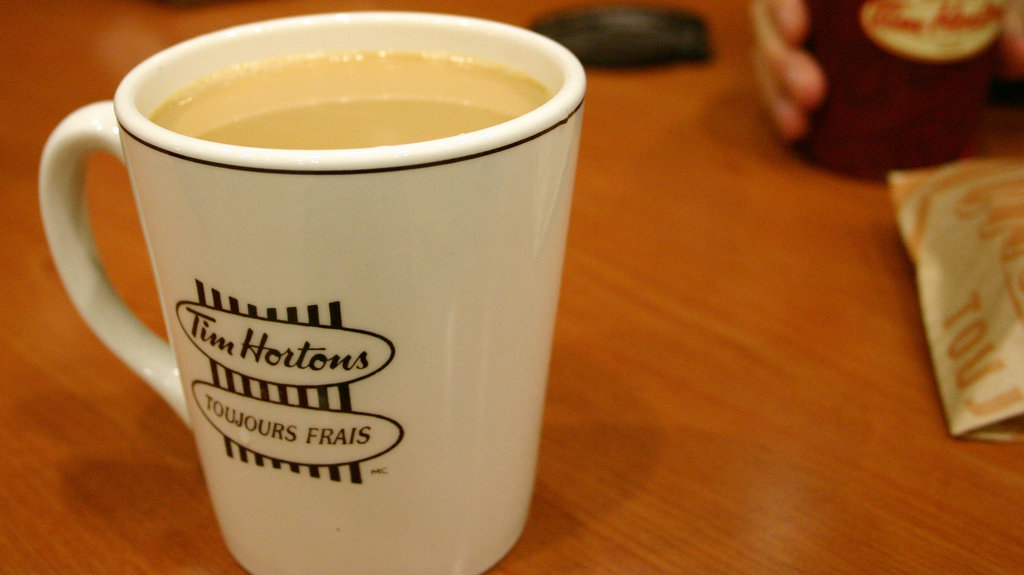Restaurant Brands International Inc. (TSX:QSR)(NYSE:QSR) released its first-quarter results on Tuesday, which saw the company beating expectations as earnings showed strong growth from a year ago. The company posted an adjusted earnings per share of $0.66 and finished above the $0.56 that analysts were expecting.
New revenue recognition rules allowed Restaurant Brands to recognize franchise fees sooner and under the new standards, the company’s top line was up by 25%. However, under the old way of recognizing revenue, sales would have increased by just 7%. There were also other, less dramatic impacts on its financials as a result of the changes. However, overall profits were lower under the new standards than if the company had still been using the old rules.
A look at the various segments
Comparable sales growth for the company was mixed among its big brands. While Burger King was up 3.8% this quarter, which was a big improvement from the 0.1% decline it saw last year, Tim Hortons was down 0.3% in Q1, which was more than the 0.1% decline it experienced a year ago. Popeyes also saw positive growth this quarter, with comparable sales rising 3.2%, up from a decline of 0.2% this time last year.
Restaurant Brands continued to increase its restaurant chains, with Burger King leading the way at 6.9% net restaurant growth followed by Popeyes at 6.7%. While both were up from last year, Tim Hortons was once again the exception to that trend with growth of just 2.8% in net restaurants, down significantly from the 4.6% increase it saw a year ago.
Is the Tim Hortons brand in trouble?
Tim Hortons, the once iconic Canadian coffee shop, is starting to show signs of falling out of favour at its home base, with a recent poll suggesting that the company’s image has taken a hit. Issues with franchisees have headlined many of the problem Restaurant Brands has been involved with recently and the results are translating into poor financials for the brand.
Despite the strong quarter for the company, CEO Daniel Schwartz acknowledged that coffee chain is a big problem, stating, “We’re not happy with our sales growth and overall financial results at Tim Hortons.” He also acknowledged the issues the company has had with its franchisees, saying, “Our relationship with our restaurant owners hasn’t been as strong as we would like it to be over the last few quarters.”
The big question for Restaurant Brands is how successful it will be in repairing the troubled Tim Hortons’ image in the months to come.
Is the stock a buy?
Although there were concerns that came out of Q1’s results, investors were bullish on the news as the stock was up over 4% on the day. However, year-to-date, the share price is still down more than 7%. At a price-to-earnings ratio of nearly 30 and the stock trading at around six times its book value, investors would be paying a big premium for a company that has struggled to find ways to grow, despite a better-than-expected Q1.
This is not a stock I would consider investing in today given the negativity surrounding Tim Hortons, as this is a brand that the company needs to strengthen if it has any hope of growing, especially as it looks to expand its reach.








